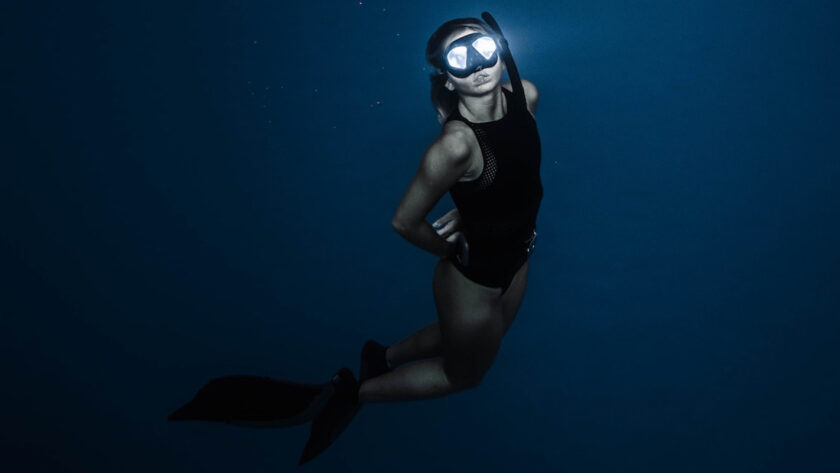Imagine yourself gliding through the calm, dark waters, surrounded by a symphony of mysterious marine creatures. Snorkeling at night unveils a whole new world beneath the surface, filled with ethereal bioluminescent wonders and elusive creatures that come alive under the moonlight. In this article, we will unravel the tips and tricks to make your nighttime snorkeling adventure safe, unforgettable, and filled with enchantment. Let’s dive into the secrets of exploring the mysteries of snorkeling at night.
Choosing the Right Gear
Selecting a Snorkel
When it comes to choosing a snorkel, there are a few key factors to consider. First and foremost, make sure the snorkel is comfortable and fits securely in your mouth. Look for one that has a flexible silicone mouthpiece that conforms to the shape of your mouth and provides a comfortable fit. Additionally, opt for a snorkel with a purge valve, as this will make it easier to clear out any water that enters the snorkel. Finally, consider the length of the snorkel. A longer snorkel can be beneficial for surface swimming, while a shorter one may be more suitable for diving.
Choosing the Right Mask
The right mask is essential for a successful night snorkeling adventure. Look for a mask that has a wide field of vision, as this will allow you to take in the beauty of the underwater world without feeling restricted. It’s also important to choose a mask that fits snugly and creates a proper seal around your face. This will prevent water from entering the mask and ensure clear visibility. Additionally, consider opting for a mask with a built-in purge valve, as this will make it easier to clear any water that may enter the mask.
Picking the Suitable Fins
When it comes to choosing fins for night snorkeling, comfort and fit should be your top priorities. Look for fins that fit snugly on your feet, yet still allow for some flexibility. You don’t want them to be too tight and constricting, but you also don’t want them to be so loose that they slip off while you’re swimming. Additionally, consider the type of fin you prefer. Some people prefer full-foot fins, while others prefer adjustable ones that can accommodate different foot sizes. Ultimately, the right fins will provide the propulsion you need to navigate through the water effortlessly.
Considering Dive Lights
Dive lights are an essential piece of gear for night snorkeling. They not only illuminate the underwater world but also enhance safety by allowing you to see potential obstacles or hazards. Look for a dive light that is specifically designed for underwater use, as it will be more durable and waterproof. Consider the brightness levels of the light and choose one that suits your needs. Some lights even offer adjustable brightness settings, which can be handy when you want to conserve battery life. Additionally, consider the size and weight of the dive light, as you’ll want one that is comfortable to hold and easy to maneuver underwater.
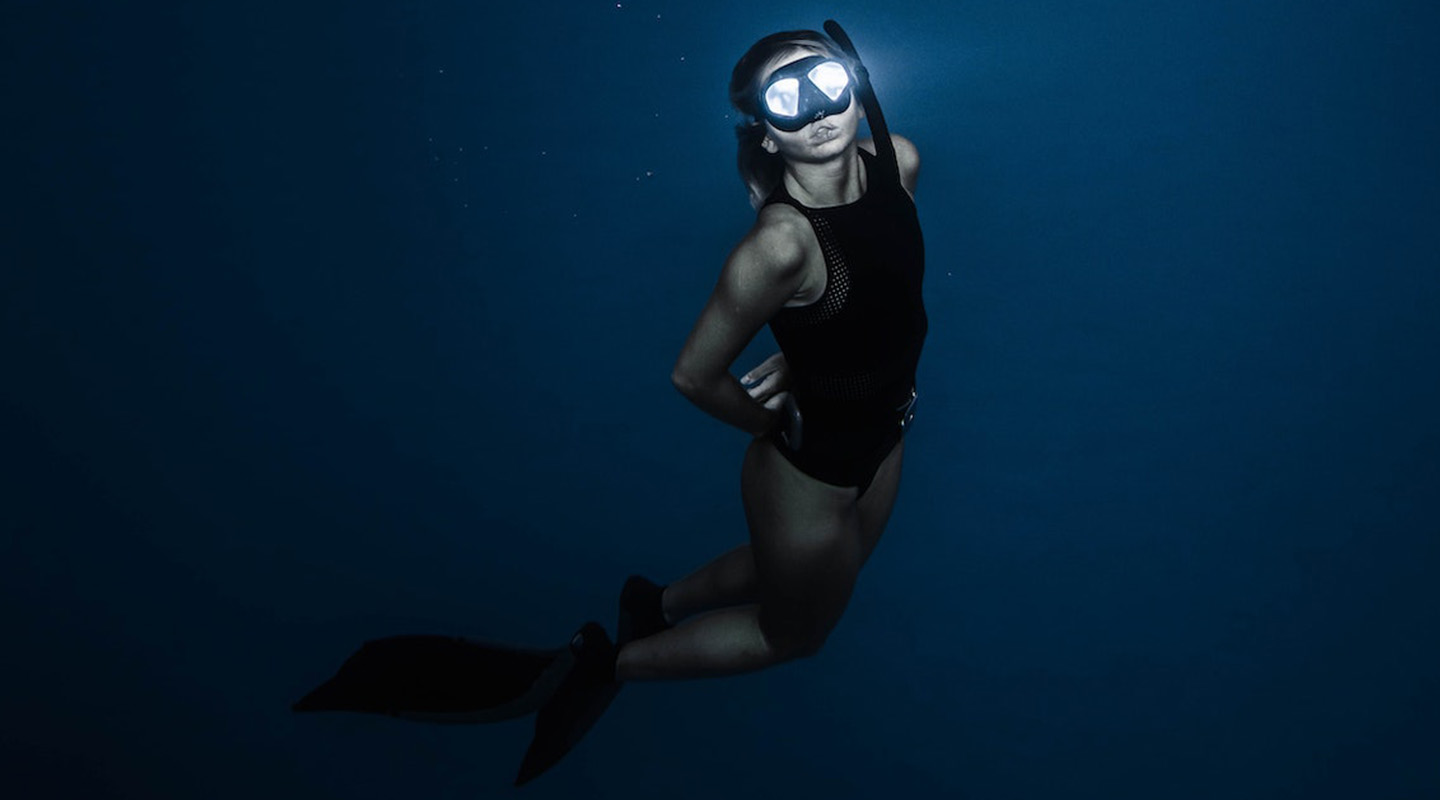
Learning and Practicing Essential Skills
Equalizing Ear Pressure
Equalizing your ear pressure is a crucial skill to master when snorkeling, especially when diving to deeper depths. To equalize, pinch your nostrils closed and gently blow through your nose while keeping your mouth closed. This helps to equalize the pressure between your ears and the surrounding water. It’s important to equalize frequently and before you feel any discomfort or pain in your ears to prevent any potential ear injuries.
Breathing Techniques
Proper breathing techniques are essential for an enjoyable snorkeling experience. Focus on slow, deep breaths through your mouth while keeping your tongue pressed against the roof of your mouth. This helps to prevent any water from entering your mouth while ensuring a steady flow of oxygen. Practice your breathing techniques before you embark on your night snorkeling adventure to ensure that you’re comfortable and confident in your ability to breathe underwater.
Mask Clearing
Knowing how to clear your mask is a fundamental skill that every snorkeler should master. To clear your mask, place your hand on the top of the mask, press firmly, and exhale through your nose. This forces the water out of the mask and ensures clear visibility. Practice this skill in a calm, controlled environment before attempting it during your night snorkeling adventure to build confidence and proficiency.
Swimming Techniques
Developing efficient swimming techniques will not only conserve energy but also enhance your overall snorkeling experience. Use a relaxed and streamlined body position, keeping your arms close to your sides and using your fins to propel yourself through the water. Avoid thrashing or kicking too vigorously, as this can create unnecessary splashing and potentially scare away marine life. Practice different swimming techniques in calm waters to find the style that suits you best.
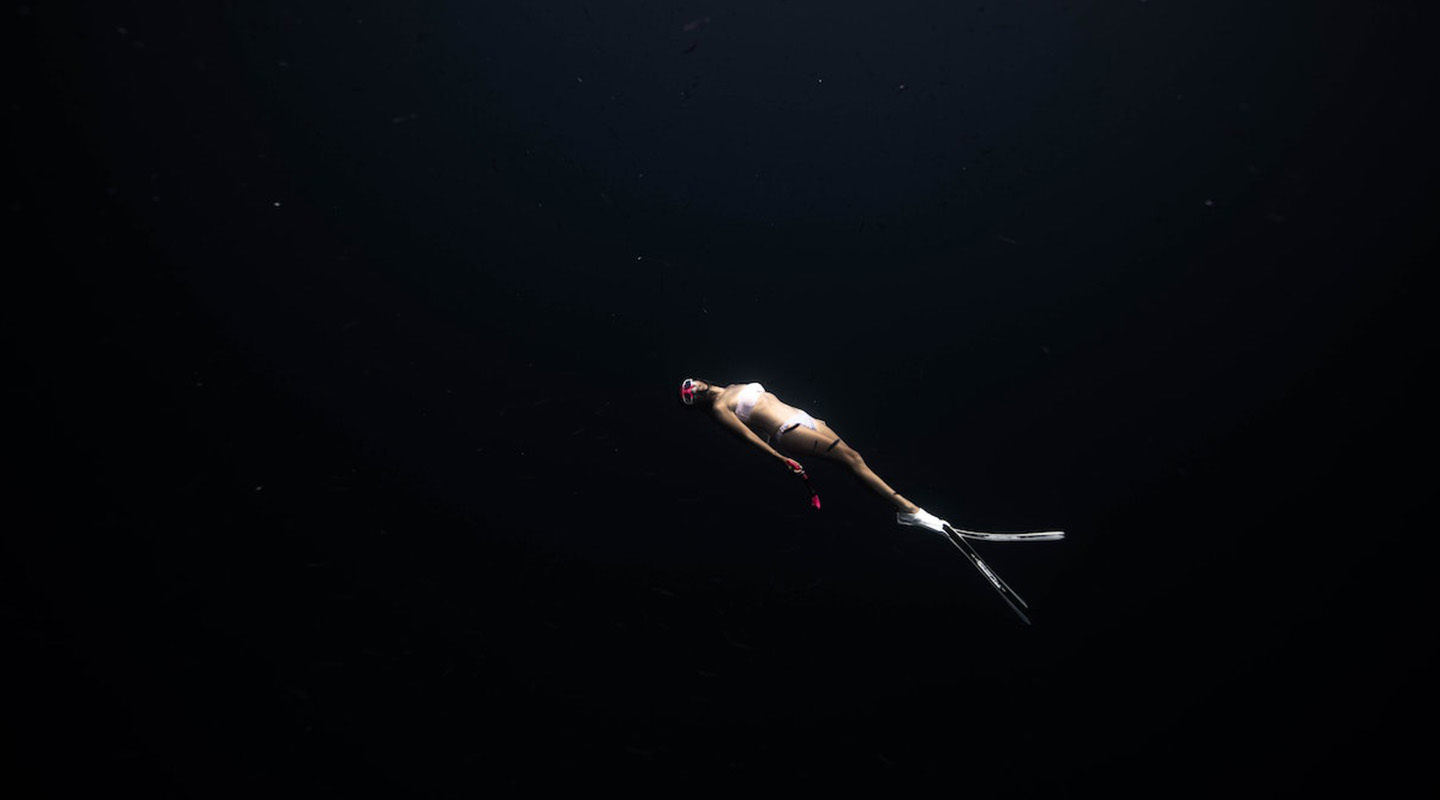
Safety Precautions
Snorkel with a Buddy
Snorkeling with a buddy is a crucial safety precaution that should never be overlooked. Having someone by your side ensures that there is always someone available to assist you in the event of an emergency or if you encounter any difficulties underwater. It also allows you to share the incredible sights and experiences, making the adventure more enjoyable. Before entering the water, establish a plan with your buddy and communicate any signals or signs that indicate distress or the need for assistance.
Using a Dive Flag
Using a dive flag is an essential safety precaution, especially when snorkeling in areas where boating or other water activities may be present. The dive flag alerts boaters to the presence of snorkelers in the water, reducing the risk of accidental collisions. Ensure that the dive flag is clearly visible and positioned above the water’s surface at all times. Familiarize yourself with the local regulations regarding dive flags and use them accordingly to ensure your safety and the safety of others.
Checking Weather Conditions
Before embarking on a night snorkeling adventure, always check the weather conditions. Pay attention to the wind speed, wave height, and any potential storms or unfavorable conditions. It’s important to snorkel in calm waters to ensure your safety and maximize your enjoyment of the experience. If the weather conditions are unfavorable, consider rescheduling your night snorkeling adventure for another time when the conditions are more suitable.
Being Aware of Marine Life
Being aware of the marine life around you is essential for your safety and the preservation of the underwater ecosystem. Familiarize yourself with the types of marine life that may be present in the area you plan to snorkel. Learn which species are potentially dangerous or territorial and how to respond if you encounter them. Respect the marine life by keeping a safe distance, avoiding touching or disturbing them, and never feed them. By being aware and respectful, you can ensure a safe and harmonious interaction with the marine environment.
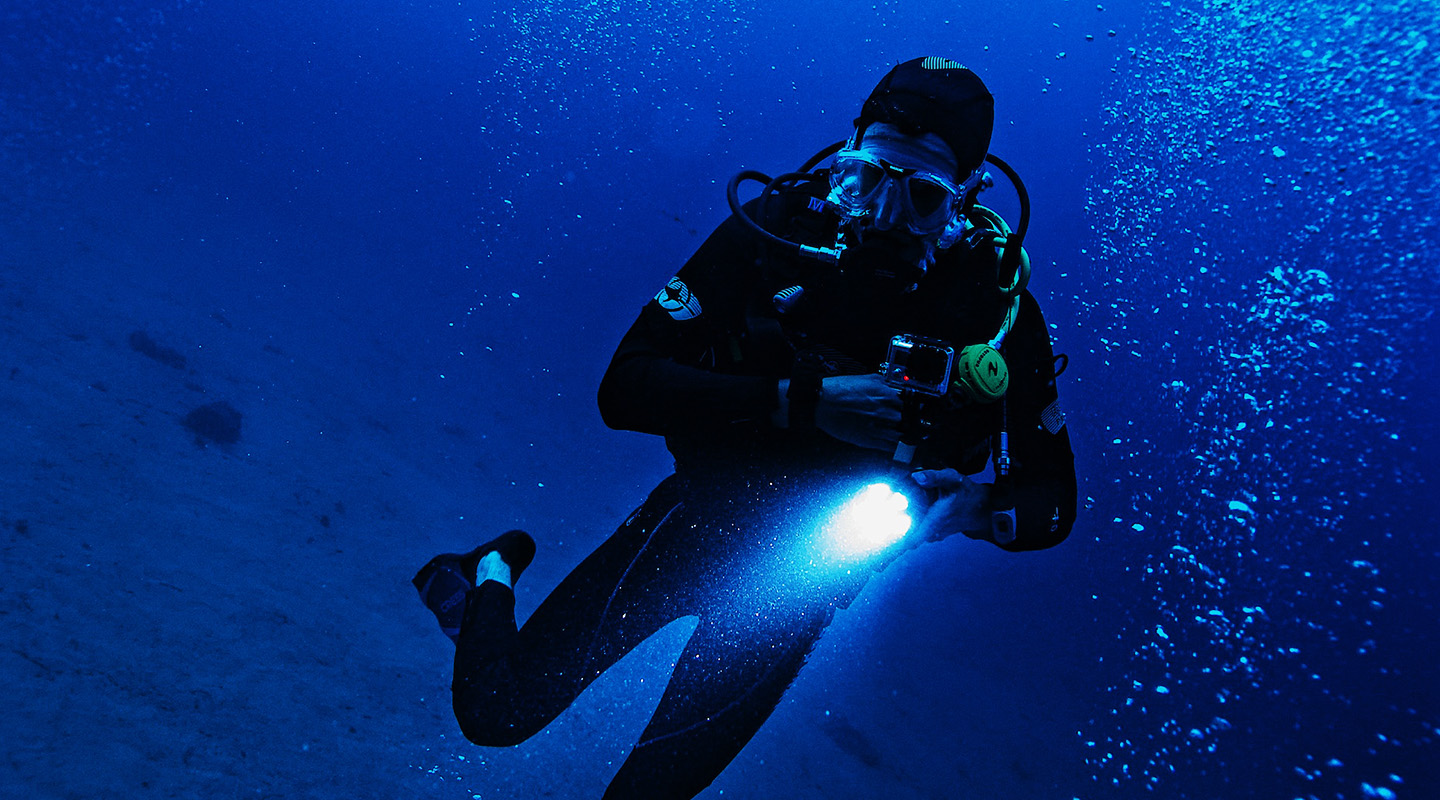
Knowing the Best Locations
Researching Snorkeling Sites
Research is key when it comes to finding the best snorkeling sites for a night adventure. Look for destinations that are known for their diverse marine life and clear waters. Consider the accessibility of the site and whether it requires a boat or if it is accessible directly from the shore. Read reviews from fellow snorkelers to gather information about the site’s conditions, potential hazards, and the availability of nighttime snorkeling activities.
Considering Moon Phases
Moon phases play a significant role in night snorkeling. The moon’s brightness can impact the visibility underwater, so it’s important to consider the moon phase when planning your night snorkeling adventure. A full moon can provide ample light for a memorable experience, while a new moon or cloudy night may result in darker conditions. Take this into account when choosing the ideal time for your night snorkeling adventure to ensure optimal visibility and enjoyment.
Finding Areas with Calm Waters
When night snorkeling, it’s ideal to find areas with calm waters. Rough or choppy waters can make it difficult to navigate and enjoy the experience. Look for protected bays or coves that offer shelter from strong currents or waves. These areas are more likely to have a calm surface, allowing for a peaceful and safe night snorkeling adventure. Check local resources or speak to experienced snorkelers for recommendations on the best locations with calm waters.
Choosing Places with Active Marine Life
To truly make the most of your night snorkeling adventure, choose locations known for their active marine life during the nighttime hours. Some marine species are more active and visible at night, providing a unique and fascinating experience for snorkelers. Research the local marine life and their nocturnal behavior to identify the best locations for encountering active marine life. Keep in mind that marine behavior can change based on seasonality, so it’s essential to gather up-to-date information before heading out.
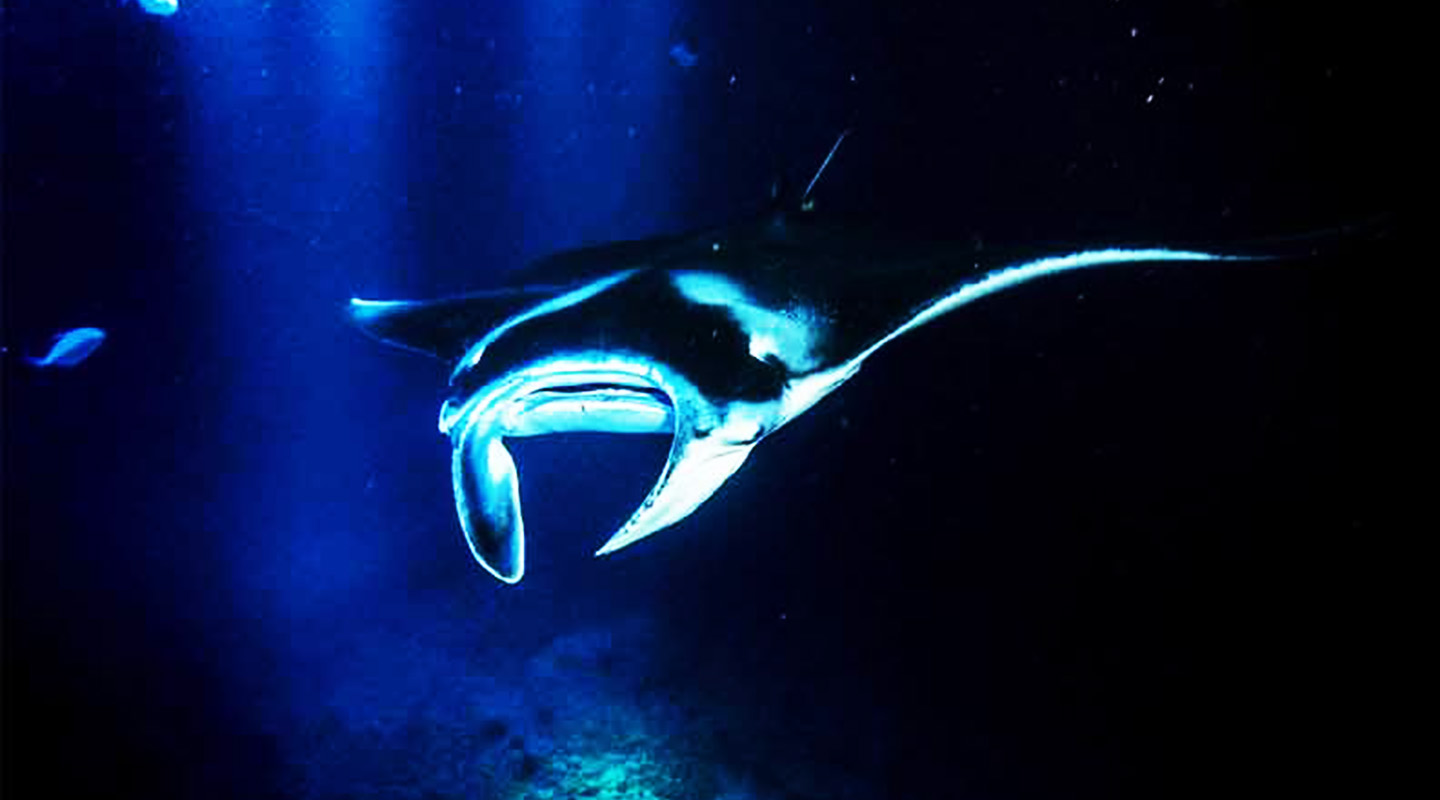
Preparation and Planning
Check Snorkeling Regulations
Before embarking on any snorkeling adventure, it’s essential to check the snorkeling regulations in the area you plan to visit. Some locations may have restrictions or guidelines that must be followed to protect the marine ecosystem and ensure the safety of snorkelers. Familiarize yourself with any permits or licenses that may be required, as well as any specific rules regarding equipment, behavior, or protected areas. By respecting and following the regulations, you can enjoy your night snorkeling adventure responsibly.
Pack Essential Items
Packing the right gear and essentials is crucial for a successful night snorkeling adventure. Besides the standard snorkeling gear like mask, snorkel, fins, and dive light, consider bringing additional items that can enhance your experience and ensure your safety. These may include a wetsuit or rash guard for added warmth, a whistle or signaling device for emergencies, a waterproof watch or dive computer to monitor your time underwater, and a first aid kit for any minor injuries or incidents.
Creating a Buddy System
While snorkeling with a buddy is vital for safety, establishing a formal buddy system can further enhance your snorkeling experience. Before entering the water, discuss and agree on the roles and responsibilities of each member in the buddy system. Designate a leader or point person who will establish the dive plan, monitor the time and depth, and ensure the group stays together. Assign another member to be a lookout, keeping an eye on the surroundings and alerting the group to any potential hazards or interesting marine life sightings.
Making a Plan and Sticking to It
Planning ahead is crucial for a successful and safe night snorkeling adventure. Before heading out, create a detailed plan that includes the specific location, time of entry and exit from the water, and the duration of the snorkeling activity. Communicate this plan with your buddy or group members, as well as with a trusted person onshore who can monitor your progress and be alerted in case of any unexpected issues. Stick to the plan and avoid deviating from it, as this helps ensure your safety and allows for efficient and coordinated actions if any emergencies arise.
Understanding Nocturnal Marine Life
Bioluminescent Organisms
One of the most captivating aspects of night snorkeling is encountering bioluminescent organisms. These organisms, such as glowing plankton or various marine invertebrates, emit light through a chemical reaction within their bodies. When disturbed or agitated, they produce a mesmerizing glow that illuminates the surrounding water. Experiencing the magical display of bioluminescence is truly a remarkable sight and one that you’ll cherish from your night snorkeling adventures.
Night-Active Marine Species
Many marine species are more active during the nighttime hours, making night snorkeling an excellent opportunity to observe their behaviors up close. Nocturnal fish, such as parrotfish, squirrelfish, and moray eels, emerge from their daytime hiding spots and actively forage for food. Crustaceans, octopuses, and other marine invertebrates also come alive at night, displaying impressive hunting techniques and interesting behaviors. Keep an eye out for these night-active species to witness the captivating world that exists beneath the surface after dark.
Adaptations for Nighttime Survival
Marine organisms have evolved various adaptations to survive in the unique conditions of the nighttime underwater world. Some species, like bioluminescent organisms, use light as a form of communication, attracting prey or mates, or to distract predators. Others have developed enhanced sensory abilities, such as night vision or acute sonic perception, to navigate and locate food in the darkness. Understanding these adaptations can deepen your appreciation for the remarkable feats of nocturnal marine life and their ability to thrive in the nighttime environment.
Tips for Spotting Night Creatures
Spotting marine creatures in the darkness can be challenging but incredibly rewarding. Here are a few tips to help you successfully spot night creatures during your night snorkeling adventures:
- Move slowly and deliberately: Quick movements can startle marine life and cause them to retreat or hide. Move slowly and deliberately to avoid disturbing the creatures and increase your chances of spotting them.
- Use your dive light wisely: Your dive light can be a valuable tool for spotting nocturnal marine life. Shine it gently in the crevices or under ledges where the creatures may be hiding. Be mindful of not shining the light directly at the animals, as it can temporarily blind or disorient them.
- Look for movement and shadows: Pay attention to any movement or shadows in the water. Many nocturnal creatures are masters at camouflage and may blend in with their surroundings. Their movements or subtle shadows can give away their presence.
- Observe the behavior of other fish: Keep an eye on the behavior of daytime fish species. If you notice them congregating in certain areas or exhibiting unusual behavior, it may be a sign that nocturnal species are nearby. Follow their cues and investigate further.
- Dive during optimal times: Depending on the location and the behavior of the marine species you wish to encounter, certain times may be more favorable for spotting them. Consult local resources or experienced snorkelers to determine the best time window to increase your chances of encountering night creatures.
First-Time Night Snorkeling Tips
Start with Familiar Waters
If you’re new to night snorkeling, it’s best to start with familiar waters. Choose a snorkeling spot that you’ve visited during the daytime, as you’ll already be familiar with the layout and the possible underwater obstacles. This familiarity can provide a sense of comfort and confidence as you venture into the nighttime world. Once you gain experience and confidence, you can explore new locations and discover the wonders they hold after the sun goes down.
Stay Close to Shore
For your first night snorkeling experience, it’s wise to stay close to the shore. This ensures that you can quickly return to safety if you feel uncomfortable or encounter any unexpected challenges. As you gain more experience and become familiar with the nighttime snorkeling environment, you can gradually venture farther from shore and explore new areas. Remember, safety should always be the top priority, especially when trying something new.
Practice During the Daytime First
To build confidence and familiarize yourself with the necessary skills, it’s helpful to practice some of the essential skills and techniques during the daytime. Find a calm and shallow area and practice equalizing your ears, clearing your mask, and various swimming techniques. This daytime practice session allows you to fine-tune your skills without the added complexity of darkness. Once you feel comfortable and confident during the day, you can take your skills to the nighttime environment.
Begin with a Guided Night Snorkel
If you’re feeling unsure about venturing into the underwater world at night by yourself, consider starting with a guided night snorkel. Many snorkeling tour operators offer guided night snorkeling experiences led by experienced guides who are knowledgeable about the local marine life and conditions. Joining a guided tour allows you to gain confidence, learn from the expertise of the guides, and enjoy the experience alongside other snorkelers. Once you feel comfortable and have acquired the necessary skills, you can embark on your solo night snorkeling adventures.
Techniques for Better Night Snorkeling
Using Dive Lights Properly
Knowing how to use your dive light properly is essential for night snorkeling. The positioning and angle of the light can greatly impact your visibility and the marine life’s experience. Aim the light slightly downward, illuminating the area in front of you without shining it directly into the eyes of marine creatures. Use the dive light to scan the surroundings, focusing on crevices, coral formations, or any areas where nocturnal marine life may be hiding.
Developing Night Vision
Developing night vision is a valuable skill for night snorkeling. Give your eyes time to adjust to the darkness before entering the water. Minimize exposure to bright lights before snorkeling to enhance your natural night vision. During your night snorkeling adventure, avoid shining your dive light directly into your eyes or looking at bright sources of light, as this can reduce your night vision. As your eyes adapt to the darkness, you’ll be able to see with greater clarity and appreciate the beauty of the nighttime underwater world.
Navigating with a Compass
Navigating in the darkness can be challenging, but having a compass can greatly assist you in maintaining your bearings. Before entering the water, familiarize yourself with the cardinal directions and how they correspond with the local snorkeling site. Use the compass to establish a general sense of direction and to navigate back to your starting point. Keep in mind that underwater currents or the presence of interesting marine life may alter your intended course, so periodically check your compass to ensure you’re still on track.
Using Reflective Markers
Using reflective markers can aid in navigation and enhance safety during night snorkeling. Place reflective tape or attaching reflective markers on rocks, buoys, or other prominent underwater features can serve as reference points and help you find your way back. The reflective markers will catch and reflect the light from your dive light, making them easier to spot in the darkness. Remember to always respect the marine environment and avoid attaching markers to living organisms or delicate underwater structures.
Capturing Night Snorkeling Experiences
Selecting Underwater Cameras or GoPros
If you want to capture the incredible moments and memories of your night snorkeling adventures, consider investing in an underwater camera or GoPro. These devices allow you to document the unique sights and behaviors of night-active marine life. Look for cameras or GoPros specifically designed for underwater use, with features such as low-light capabilities and image stabilization. Depending on your skill level and budget, you can choose from compact point-and-shoot cameras, more advanced mirrorless cameras, or action cameras like GoPros. Don’t forget to protect your camera with a waterproof housing or case.
Mastering Night Photography Techniques
Nighttime photography requires some additional skills and techniques to capture the beauty of the underwater world. Experiment with different camera settings, such as adjusting the ISO, aperture, and shutter speed, to achieve the desired results. Remember that longer exposures may be needed in low-light conditions, so consider using a tripod or stabilizing your camera against a rock or other stable surface. Practice your night photography skills during the daytime to become familiar with the camera settings and techniques before venturing into the darkness.
Preserving Memories of Marine Life Encounters
While capturing photos and videos is an excellent way to preserve your night snorkeling memories, it’s equally important to respect the marine life and their environment. Avoid touching or disturbing the animals for the sake of a photo opportunity and maintain a safe distance at all times. Appreciate and admire marine life in their natural habitat, capturing their essence through observation and respectful interaction. By prioritizing the well-being of the marine life, you’ll be able to create lasting memories without causing harm or disruption to their ecosystem.
Sharing Your Adventures
Once you’ve captured your incredible night snorkeling experiences, don’t keep them to yourself! Share your adventures with others to inspire them to explore the underwater world at night. Create a photo album or video compilation of your favorite moments and share them with your friends, family, or fellow snorkeling enthusiasts. Use social media or snorkeling forums to showcase the beauty and mystery you’ve encountered, and encourage others to embark on their night snorkeling adventures. When sharing, remember to emphasize the importance of responsible snorkeling practices and preserving the marine environment for future generations to enjoy.
Tips and Tricks for an Unforgettable Experience
Practicing Patience and Relaxation
Snorkeling at night requires patience and a relaxed mindset. Allow yourself time to adjust to the darkness and let your eyes adapt to the underwater environment. Avoid rushing or becoming frustrated if you don’t immediately see the marine life you hoped to encounter. Embrace the tranquility and mystery of the night and trust that each snorkeling experience is unique. By practicing patience and relaxation, you’ll increase your chances of encountering amazing nighttime wonders and create unforgettable memories.
Using Anti-Fog Solutions for Clear Vision
To ensure clear vision throughout your night snorkeling adventure, consider using anti-fog solutions for your mask. These solutions can be applied to the inside of your mask lens to prevent fogging caused by heat and humidity. Apply the anti-fog solution before entering the water, following the manufacturer’s instructions. By keeping your mask fog-free, you’ll have uninterrupted visibility and be able to fully appreciate the beauty and mystery of the nighttime underwater world.
Listening to the Sounds of the Night
In addition to the visual feast of night snorkeling, be sure to tune in to the sounds of the night. As you float on the water’s surface, listen for the underwater symphony created by nocturnal creatures. The sound of fish foraging, the clicking of shrimp, or the haunting calls of marine mammals can offer a whole new level of immersion and enchantment. Appreciate the audible wonders of the night as you explore the mysteries beneath the surface.
Embracing the Beauty and Mystery
Above all else, embrace the beauty and mystery of night snorkeling. The darkness reveals a hidden world that few get to witness. Allow yourself to be captivated by the bioluminescent displays, the active marine life, and the sense of tranquility that comes with floating in the dark waters. Be respectful and mindful of the marine environment, and remember to leave no trace. By embracing the beauty and mystery, you’ll create lasting memories and develop a deep appreciation for the magical realm that lies just beneath the water’s surface.
Night snorkeling offers a unique and memorable experience for those seeking to explore the underwater world from a different perspective. By choosing the right gear, learning essential skills, practicing safety precautions, knowing the best locations, making thorough preparations, understanding nocturnal marine life, and utilizing tips and tricks, you can embark on an unforgettable night snorkeling adventure. The wonders of the night await you, so dive in and discover the mysteries that lie beneath the surface. Happy night snorkeling!

